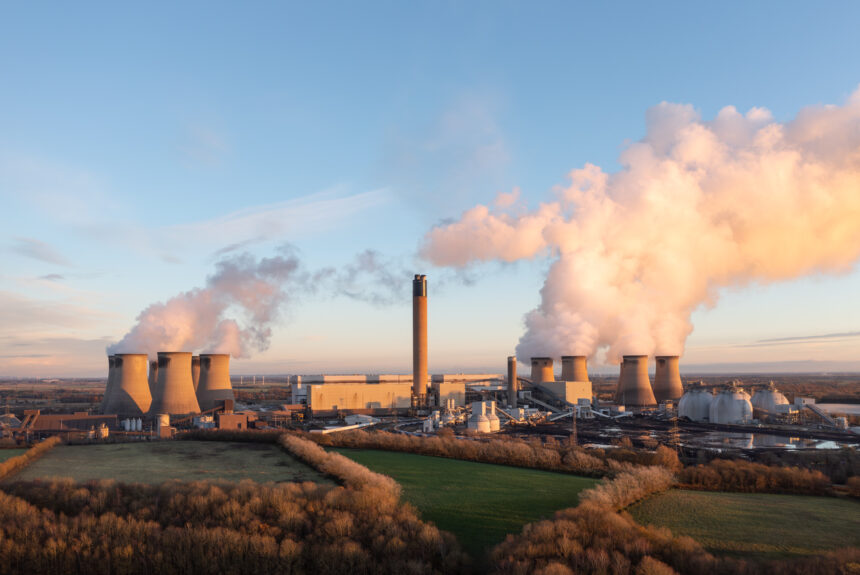Last week, Senators Joe Manchin III (I-WV), and Shelley Moore Capito (R-WV) announced that the Environmental Protection Agency (EPA) is considering granting West Virginia Class VI primacy, allowing the state to manage its own carbon capture and storage (CCS) projects. If approved, it would enable West Virginia to oversee CCS initiatives directly, streamlining regulations, simplifying permitting, and accelerating the development of Class VI injection well projects while still meeting federal safety and environmental standards.
Class VI wells are used in a CCS technology called geological sequestration. Carbon dioxide (CO2) is injected into underground rock formations and stored long-term. Historically, the EPA has controlled Class VI permits, and up until a few years ago, that was not an issue due to the relatively low number of companies applying for them. However, the Bipartisan Policy Center explains that with the passages of the Bipartisan Infrastructure Law and the Inflation Reduction Act, the number of pending permits at the EPA has grown substantially. Currently, there are 154 Class VI well applications currently under review. According to Burns & McDonnell, it takes the EPA two years to review just a single application. Allowing each state’s own Department of Environmental Protection to take control of permitting could dramatically accelerate the approval process, helping to fast-track these critical projects without sacrificing environmental standards.
Beyond accelerating the project timeline, granting states primacy allows them to leverage their own geological expertise when evaluating permits. Louisiana, which has already been granted Class VI primacy, has a better knowledge of its own geology than the federal government. Similarly, West Virginia, which is seeking primacy, has the same in-depth understanding of its geological landscape. As West Virginia’s Senator Capito notes, “I have frequently said that the states are better suited than Washington to carry out this authority and get these projects up and running. Carbon capture, use, and storage is essential to protecting our ability to provide reliable, baseload power in West Virginia…”
The growing number of Class VI well applications presents an opportunity for the U.S. to drastically lower its CO2 emissions and meet its climate objectives. According to the Clean Air Task Force (CATF), all wells awaiting permits as of December 2023 could facilitate the storage of 169 million metric tons of carbon dioxide per year. This is equivalent to eight times the amount of carbon dioxide captured at the time of the CATF analysis.
Last month, the Department of Energy (DOE) dedicated $518 million to carbon storage projects in the U.S. This funding is part of the CarbonSafe Initiative, which aims to address challenges on the path to deploying CCS technologies. It will support both new and existing CCS projects, with the potential to store up to 50 million metric tons of carbon dioxide annually. Among the recipients, Advanced Resources International is set to receive $44 million for a West Virginia project to develop a carbon storage hub. Without Class VI primacy for West Virginia, Advanced Resources International could face years of delays.
To date, three states—Louisiana, North Dakota, and Wyoming—have been granted Class VI primacy, paving the way for other states like West Virginia to follow suit. If granted, West Virginia’s primacy would not only expedite critical carbon storage projects but also position the state as a leader in CCS technologies, driving innovation and economic growth in the process.
The views and opinions expressed are those of the author’s and do not necessarily reflect the official policy or position of C3.
